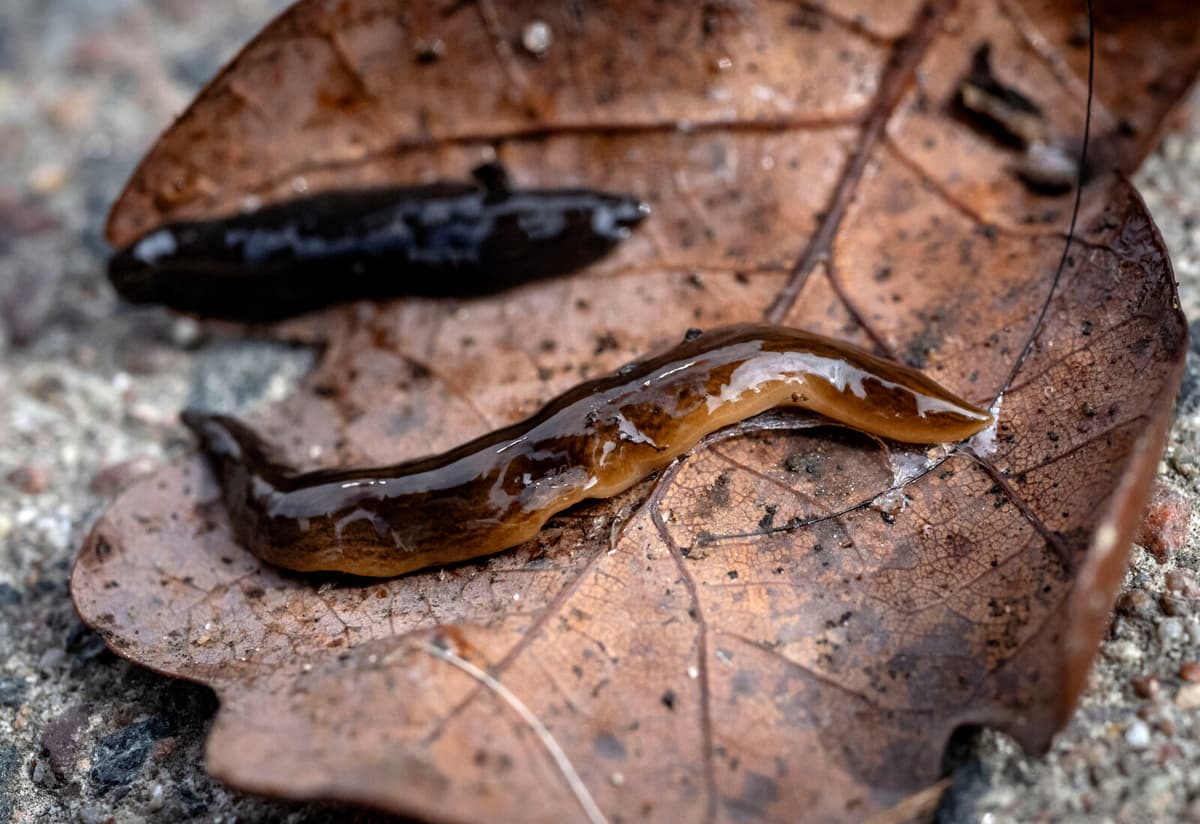The Obama nungara, which has spread in Sweden in recent years, is included in the list. The Japanese knotweed (Reynoutria japonica), The Giant knotweed (R. sachalinensis) and Bohemian knotweed (R. x bohemica) are also included, but they have such a large spread that they are exempt from the requirement for eradication. However, property owners are not allowed to spread, sell, or transport the species.
American mink (Neogale vison) is also exempt from the requirement for eradication. It originally comes from North America, but is today one of the biggest threats to biological diversity in archipelago environments.
They have spread very quickly and that's one reason why they cause so many problems, says Johan Linnander, administrator at the Environmental Protection Agency.
A mystery
Sweden's climate and nature are quite similar to the mink's North American home, but that doesn't have to have any significance for whether a species establishes itself and becomes invasive. What determines it is something of a mystery. Johan Linnander takes the so-called Tromsø palm (Heracleum persicum), as an example.
Some species are classified as so-called door knockers. These include the Sika deer (Cervus nippon) and the North American beaver (Castor canadensis). They are not yet found in Sweden, but in our neighboring countries and can spread here and compete with native species.
A mistake
The sika deer can mate with native endangered deer, which in turn can lead to hybrids that are infertile. The deer is believed to have been planted by people who want to hunt it, while the beaver may have been released by mistake.
One didn't necessarily know that it was a North American beaver that was released, but thought it was a European beaver, because they are very similar to each other.
Another door knocker is the Pond loach, which has not yet been found in Swedish nature, but may be found in aquarium trade and Swedish garden ponds. It can reproduce quickly and survive for months on land if it stays moist.
The list's horror is the Asian giant hornet (Vespa mandarinia), also known as the killer hornet due to its size and strong venom.
It's big and stings and isn't so much fun. I'm a bit hesitant to mention it because it hasn't been found in Europe. It's a preventive listing and if it were to appear in any EU country, it should be removed.
Source: Environmental Protection Agency





